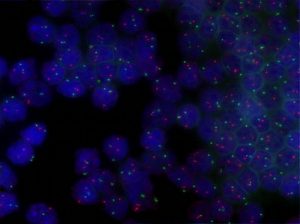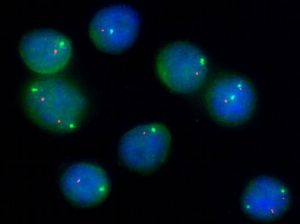The Concept of the Disease
This is a disseminated lymphoproliferative disorder consisting of small B-lymphocytes and defined by their characteristic immunophenotype. A direct relationship to a normal cellular population remains unclear.
How is it Diagnosed?
Peripheral Blood or Bone Marrow
- Predominately small lymphocytes which express CD5, CD23 and CD200 and have weak expression of immunoglobulin and CD20 by flow cytometry.
- If the peripheral blood B-cell count is less than 5 x 109/L the term monoclonal B-cell lymphocytosis is used.
Peripheral Blood Morphology
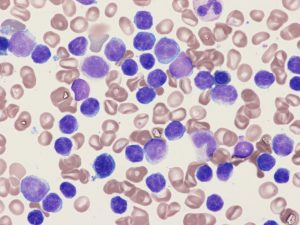
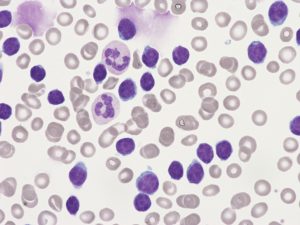
Bone Marrow Trephine Morphology
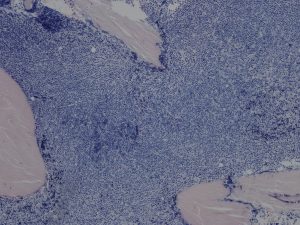

Lymph Node or Tissue Biopsy
- The lymph node or other tissue architecture is replaced by CLL cells.
- The diagnosis is sometimes made on tissue biopsies where peripheral blood involvement is low.
Lymph Node Morphology


What is the Clinical Outcome?
The clinical outcome and requirement for treatment varies widely between patients. Many patients do not require treatment and have a normal life expectancy but a minority have rapidly progressive disease.
Prognosis at presentation can be assessed using:
- Rai or Binet staging
- The degree of mutation of the immunoglobulin genes
TP53 Status by FISH
Inactivation of the TP53 gene by deletion or mutation is a critical determinant of the outcome of fludarabine-based treatment and is an indication for treatment based on anti-CD52.
